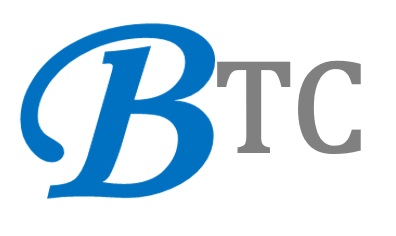
Productivity monitoring has been around for a long time, but in the age of remote and hybrid work, it has become a new reality for many.
Some of the largest private U.S. employers reportedly have systems in place to monitor their employees’ productivity, some in real time. The intention behind this surveillance is obvious: Companies want to ensure that remote employees aren’t slacking off when they’re not under the watchful eye of a manager.
But do these tactics ensure maximized productivity? Of course not. Recent studies have shown that while monitoring can have benefits in some cases, it can also lead to misconduct.
This is because productivity monitoring strips employees of their agency. By contrast, productivity measurement–a practice rooted in transparency and fairness–empowers teams and leads to the best results.
What is productivity, anyway?
It’s been said that productivity can be measured by dividing work output by time. However, as the saying goes, if you ask 100 different managers to define “productivity,” they’ll tell you 100 different things.
To ensure a team is productive, each leader must first clarify what that means to them. Especially in today’s work environment, where many workers don’t know what their priorities are.
It seems that hiring managers aren’t even sure what they want employees to do: Only 41% of U.S. workers strongly agree that the job description they read before they were hired accurately outlined their actual work, according to a recent study.
While employees might be able to point to their company’s objectives or goals, at the individual level, which is what really matters, most people don’t know what to focus on. Empowering workers to create and share lists of their prioritized assignments with their teams eliminates confusion and gives everyone across departments a clear understanding of what matters most.
It also allows workers to feel more connected to their company’s overall mission, which is a win-win for businesses. That same study showed that by investing in an employee’s experience in this way, organizations can reduce absenteeism by 51% and improve work quality by 29%.
How to measure productivity accurately
To properly assess productivity, managers must have visibility into the workloads of each of their team members, so that they can allocate assignments equitably and set reasonable deadlines.
One way to ensure that assignments are fairly divvied up is by assigning consistent values to tasks, as technical teams do during sprints. For example, one person might tackle one difficult assignment while another might take on two or three easier ones.
Quality also plays a role in productivity measurement. If two groups are working on the same campaign, but one team is more talented, it doesn’t matter if they spend the same amount of time doing the same amount of work. The caliber of one is likely going to be better.
However, because it’s nearly impossible to quantify quality, employees’ input and other factors, like the results of the campaign, are key factors in measuring overall productivity and effectiveness. After all, whether the work gets done is secondary to whether it’s done well.
Why transparency and visibility matter
Regardless of how a leader chooses to measure productivity, they must be transparent about the process. A study of workplace culture throughout the COVID-19 pandemic showed that 59% of people who said their workplace culture improved since early 2020 credited increased communication for the shift. It’s important for teams to have visibility into why decisions are being made and to understand that any burden felt by the team is equally shared.
Most productivity monitoring methods fail to account for this, which helps to explain why they can be so dispiriting. “This literally killed morale,” one Rhode Island social worker told The New York Times. “I found myself really struggling to explain to all my team members, master’s-level clinicians, why we were counting their keystrokes.”
Productivity is not about keystrokes or minutes online.
Analyzing and improving productivity comes down to efficiency and working smarter, not harder. The intrusive practices of recording idle computer time or randomly taking photos of workers’ faces and screens to determine how hard they’re working are beside the point.
In addition to boosting morale and improving employee retention, productivity measurement allows business leaders to make more informed decisions about the allocation of resources and ultimately improve their bottom line. With overall productivity declining and labor costs on the rise, there’s no time to delay.
It’s not easy to measure productivity, but monitoring productivity isn’t a substitute.
We need to stop logging time online and start working with our teams to find successful–and fair–paths forward.
This post is written by Zeb Evans.
Original post link: https://fortune.com/2022/10/12/how-measure-productivity-demotivating-team-zeb-evans/

